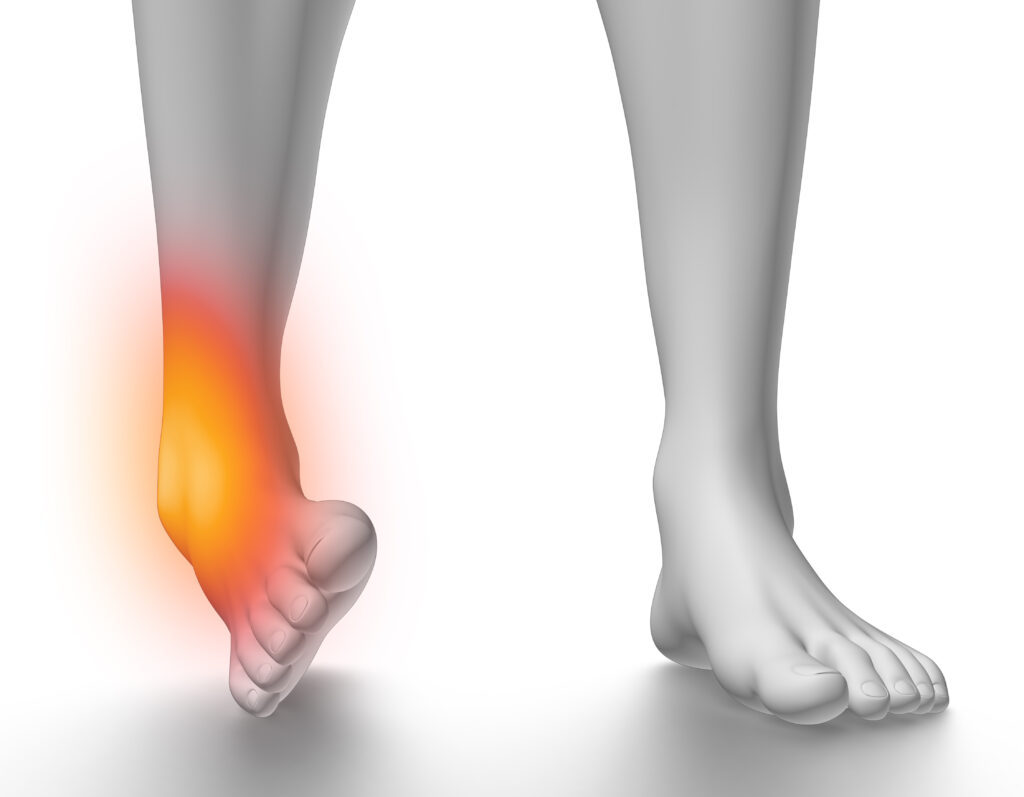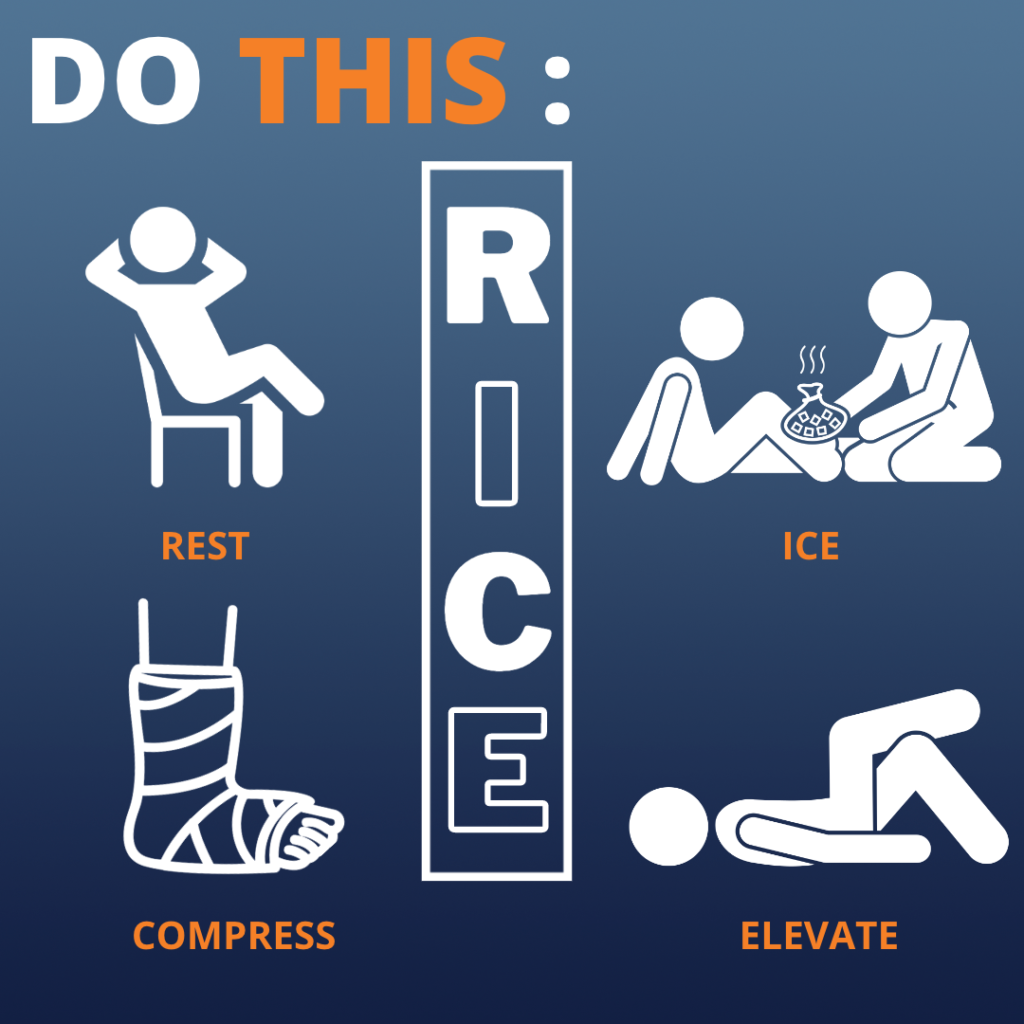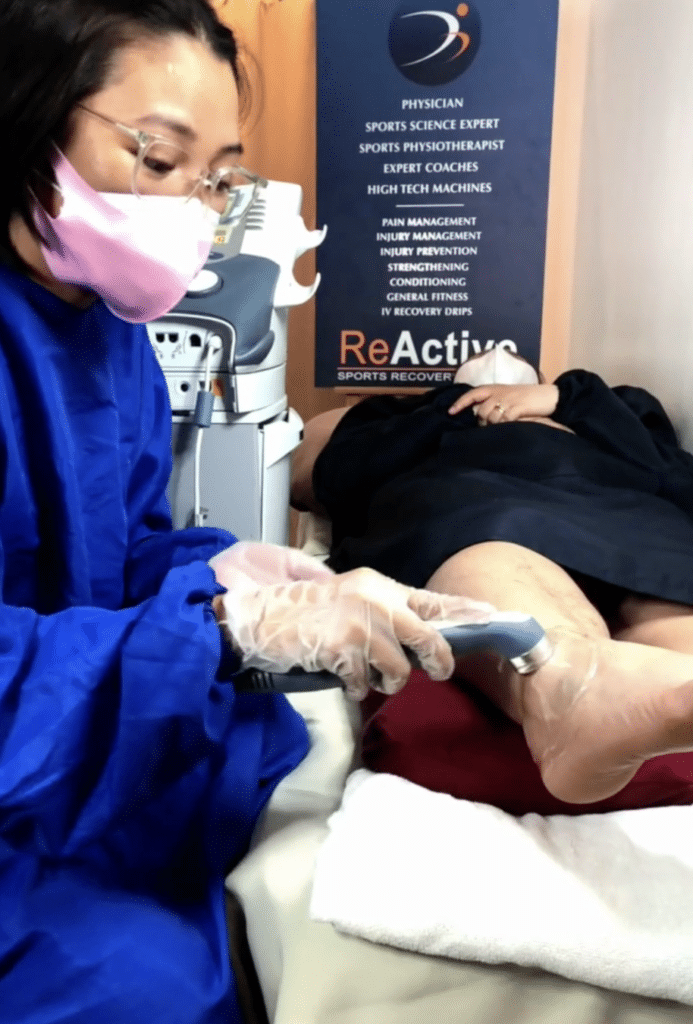Foot & Ankle Pain
Foot & Ankle Pain: A Guide to Causes, Treatments & Prevention

Foot and ankle injuries are common and can significantly impact your mobility and daily activities. Whether you’ve sprained your ankle, experienced a fracture, or suffer from a chronic condition, proper management is essential for recovery. Here is a closer look at common foot & ankle injuries, its causes, effective treatments, and practical prevention methods.
common Foot & Ankle conditions :
An ankle sprain occurs when the ligaments that support the ankle, stretch or tear. It often happens due to sudden twisting or rolling of the ankle. Ligaments help stabilize the ankle joints, preventing excessive movement. In a sprained ankle the ligaments are forced beyond their normal range of motion
Plantar fasciitis is one of the most common causes of heel pain. Plantar fasciitis commonly causes stabbing pain that usually occurs with your first steps in the morning. As you get up and move, the pain normally decreases, but it might return after long periods of standing or when you stand up after sitting.
It is an overuse injury of the Achilles tendon which connects the calf muscles to the heel bone. Most commonly occurs in runners who have suddenly increased the intensity or duration of their runs. It’s also common in middle-aged people who play sports, such as tennis or basketball, only on the weekends.
Stress fractures are small cracks in the bone caused by repetitive impact or overuse. They commonly occur in the metatarsal (weight bearing) bones of the foot. It is common in runners and athletes who participate in running-intensive sports, such as football and basketball. Pain from stress fractures usually develops gradually and is worse during weight-bearing activities. You also typically experience localized pain at the site of the fracture.
A bunion is a bony bump that forms at the base of the big toe. It results from the misalignment of the joint and can cause pain and deformity. It occurs when some of the bones in the front part of your foot move out of place. The skin over the bunion might be red and sore.
What to Avoid:
- Putting Weight on the Injured Foot or Ankle: Avoid putting unnecessary weight on the injured foot or ankle. Use crutches or assistive devices recommended by your healthcare professional to offload weight and promote healing.
- High-Impact activities: Steer clear of high-impact activities, such as running or jumping, which can exacerbate the injury or delay the healing process.
- Improper Footwear: Avoid wearing inappropriate or ill-fitting footwear that may hinder the healing process or contribute to further foot and ankle problems. Choose supportive shoes that provide stability and cushioning.

What to do :
- RICE Method: (Rest, Ice, Compression, Elevation) immediately after the injury to reduce pain and swelling. Rest the injured foot or ankle, apply ice packs for 15-20 minutes at a time, use compression or elastic bandages, and elevate the foot above heart level whenever possible.
- Consult with an expert : for a complete diagnosis, evaluation & treatment. Seek out experts in the field of Sports orthopedics and Sports physiotherapy who can provide you with the best treatment plan, like we have in our clinic. Follow their recommendations regarding immobilization, medication, and any necessary diagnostic tests.
- Gentle Range of Motion Exercises: Once your sports doctor or Physical therapist gives the go-ahead, perform gentle range of motion exercises for the foot and ankle to maintain flexibility and prevent stiffness. However, avoid any exercises that cause pain or discomfort

How Physical therapy and technology can help you :
Aside from traditional physiotherapy, here at ReActive Sports Clinic, we use the most cutting-edge modalities to treat your condition to get the best outcome. A combination of radiofrequency treatment, laser therapy, and manual therapy can help you with your condition.
Once we have established the cause of your pain, we create a specialized combination of physical therapy methods to manage and relieve your pain.
Gentle manual therapy helps to restore normal joint movement, ease soft tissue restrictions, and promote circulation, while specific therapeutic exercises restore strength, and the correct sequence of muscle activation around the foot & ankle joints.
Finally, we teach you techniques to enhance your strength and to prevent the recurrence in future
So don’t suffer in silence – take action today and start living a pain-free life!
Book your appointment today !

Our location :
Address
4th Floor Benning Building, Arellano Street, Dagupan City
Landmark : Between University of Pangasinan & Region 1 Medical Center
(Opposite of 7Eleven , Arellano )
Parking : Ground level & Basement
Elevator : Available
Wheelchair accessible building
info@dwn.gautama.com.np
Phone
+63 968 706 1638


